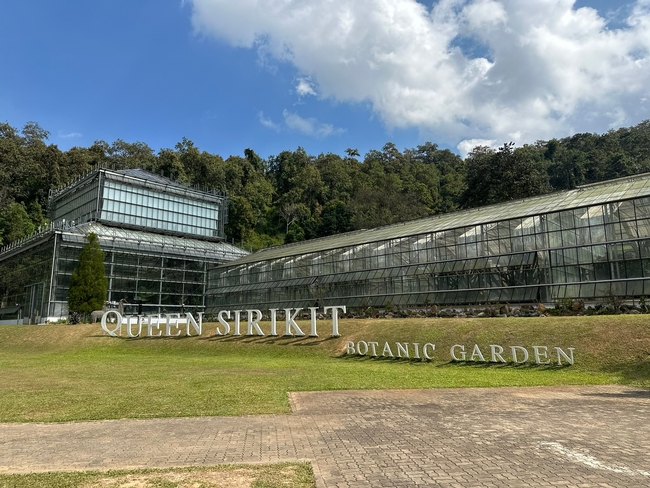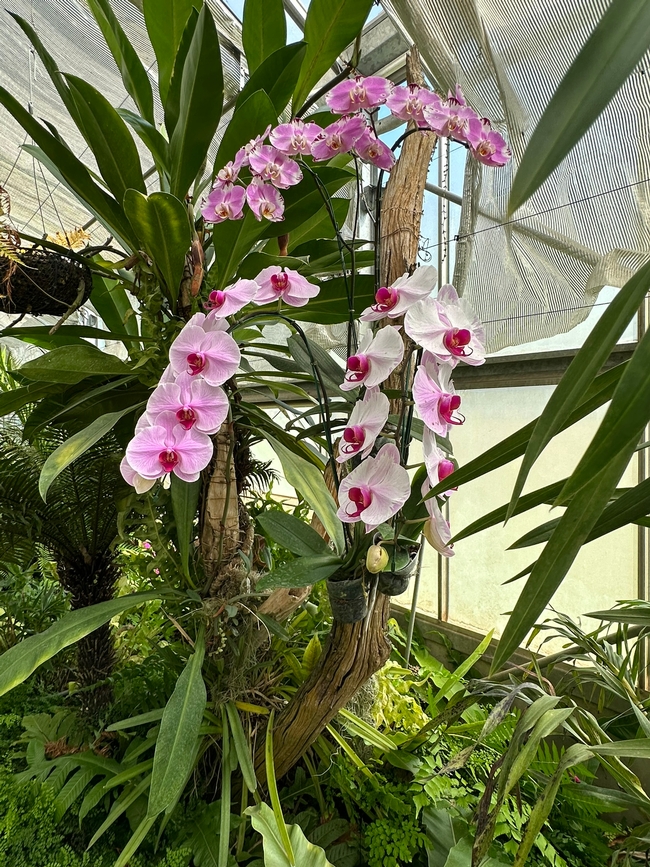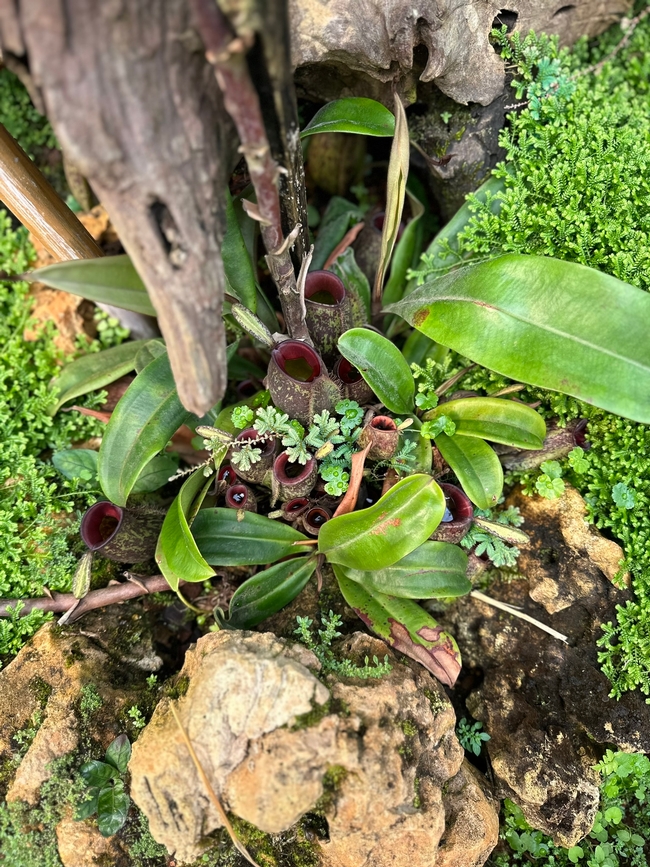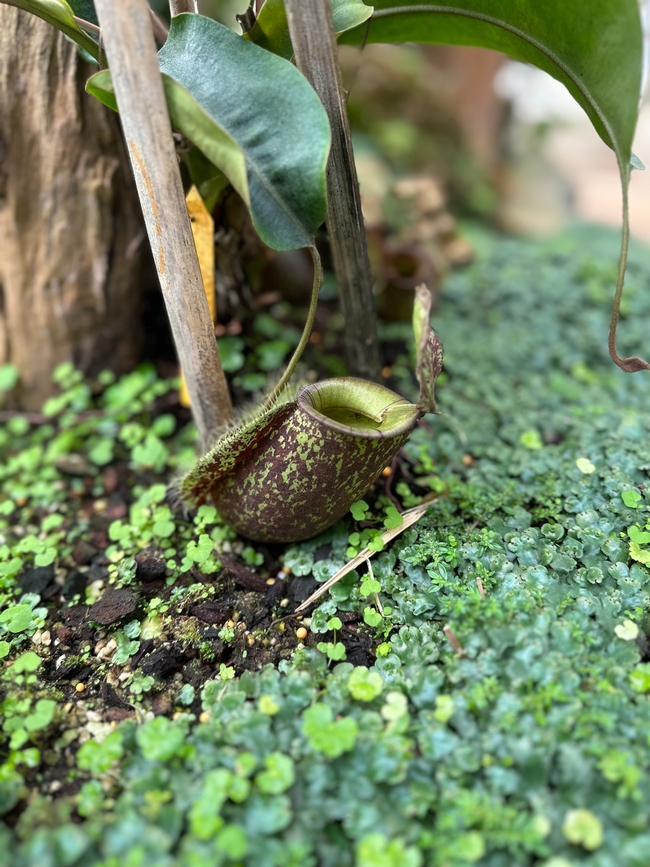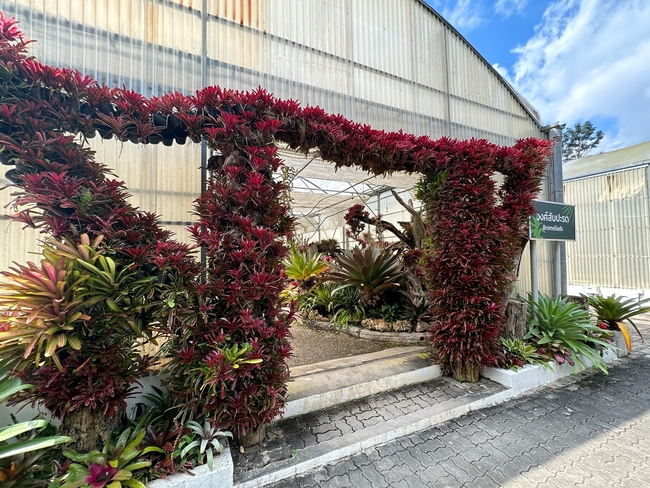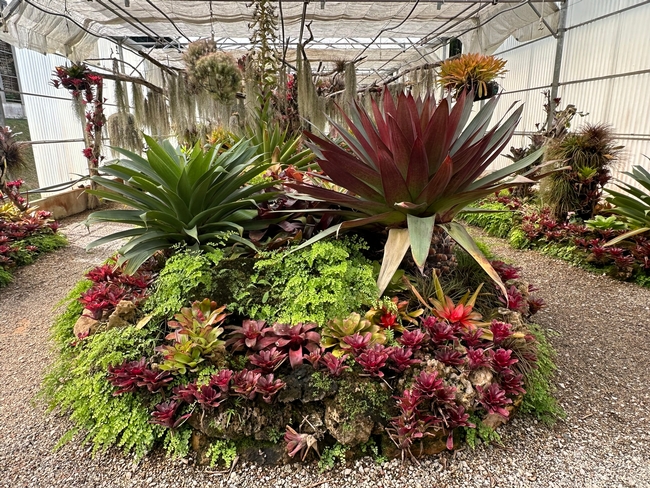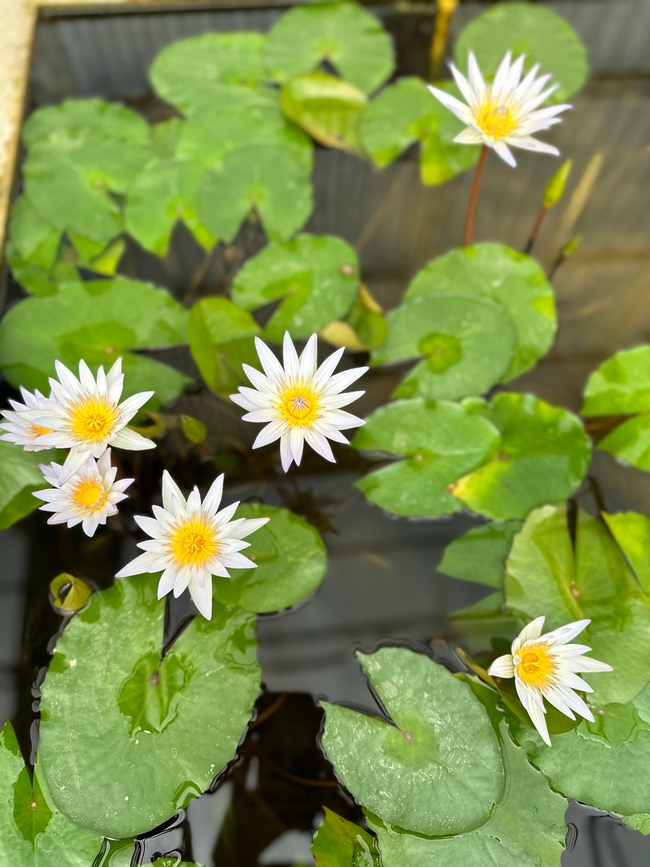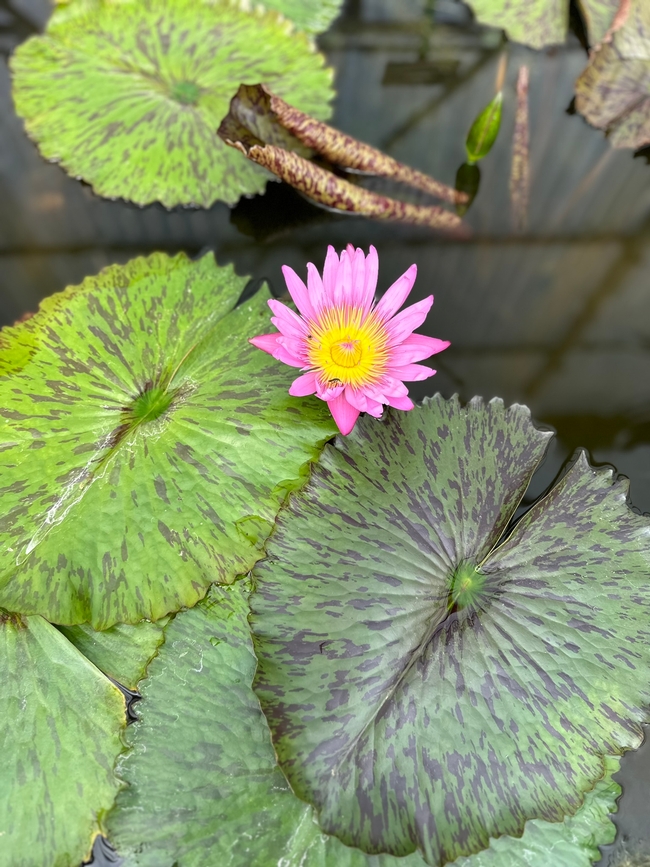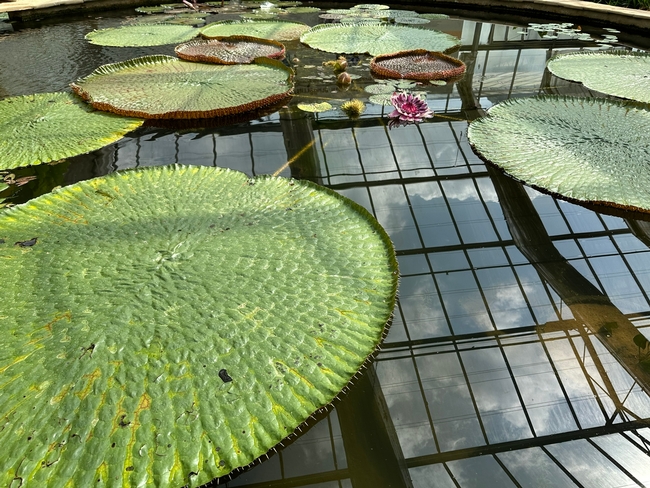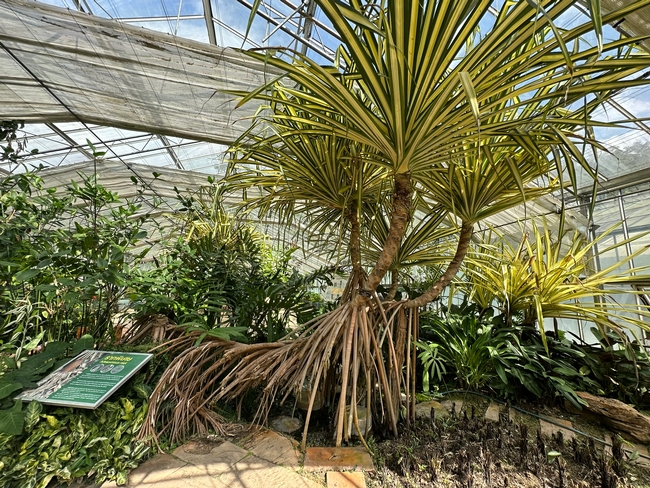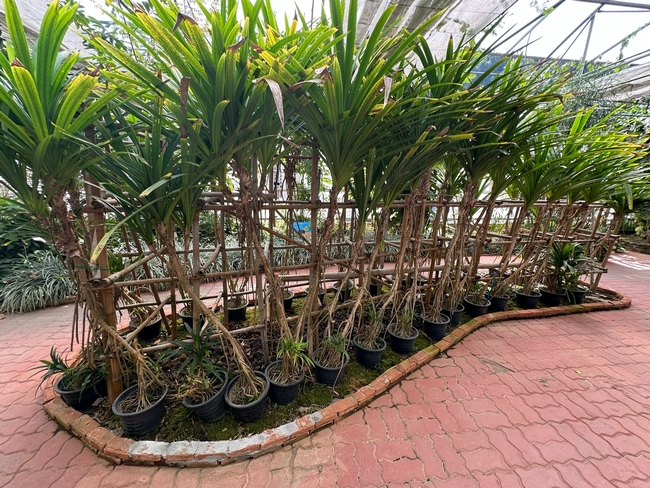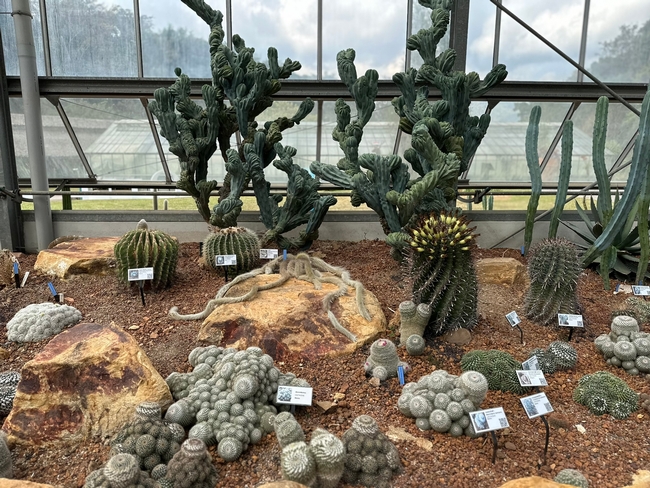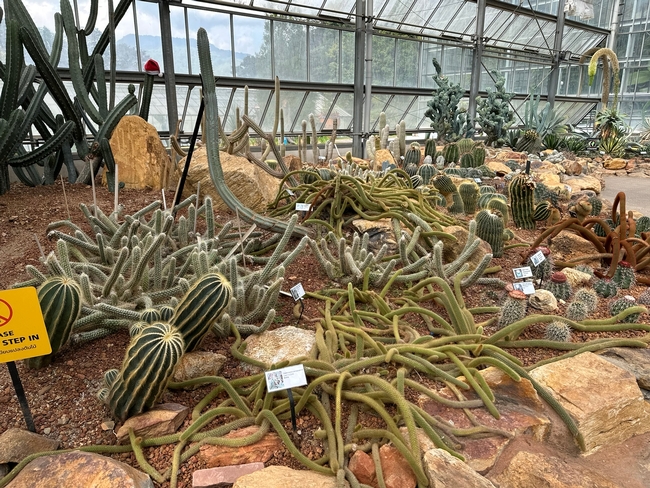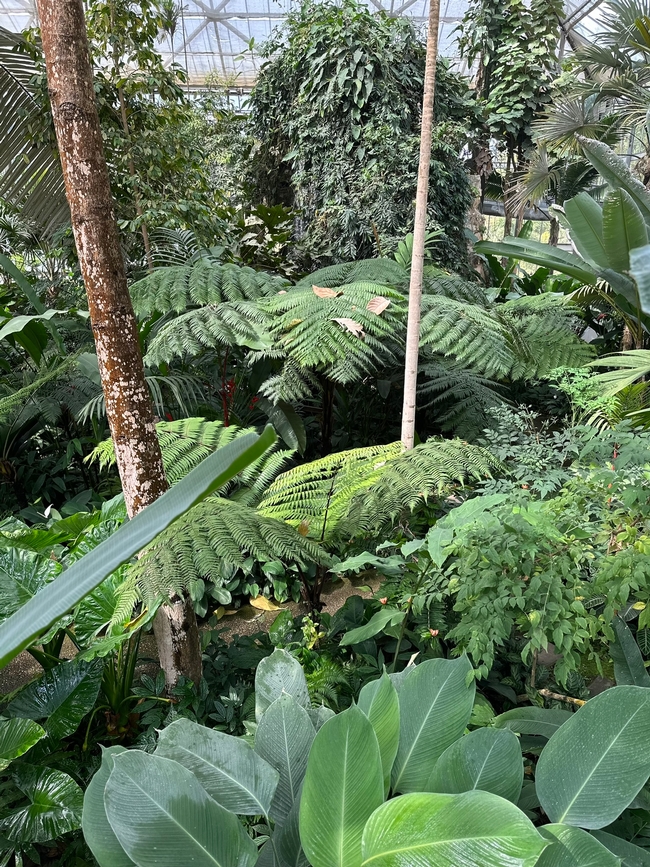My Thailand Vacation Adventure at the Queen Sirikit Botanic Garden (Part 2)
Themed Plant Collections in 8 Glasshouses
INCREDIBLE! That was my first thought at seeing the Glasshouse Complex at the Queen Sirikit Botanic Garden. Which boasts 8 glasshouses, each housing captivating themed plant collections. I could not wait to explore each one of them!
Orchid Conservatory:
This glasshouse is dedicated to a diverse collection of orchids species showcasing their diverse forms each with its unique colors, shapes, and patterns.
The environment inside the glasshouse is carefully controlled to mimic the ideal conditions for orchids. It provides the right balance of humidity, temperature, and light to support their growth.
As I explored, I was surrounded by vibrant orchids in full bloom.
The Orchid Conservatory also educates visitors about the fascinating world of orchids. I learned about their life cycles, pollination mechanisms, and ecological significance.
Carnivorous Plant House:
I stepped into a mysterious world where plants devour insects! The Carnivorous Plant House features pitcher plants, Venus flytraps, and sundews. These fascinating botanical predators thrive in nutrient-poor soils by capturing their prey.
These unique plants have evolved to capture and digest insects as a source of nutrients. They thrive in nutrient-poor environments where other plants struggle.
Carnivorous Plant Collection:
Pitcher Plants: These plants have specialized leaves that form pitcher-like structures. Insects are lured into these pitchers, where they become trapped and eventually digested by enzymes.
Venus Flytraps: Iconic for their rapid-snapping traps, Venus flytraps close around unsuspecting insects when triggered by touch.
Sundews: These plants have sticky, glandular hairs on their leaves. When an insect lands on them, the hairs curl, ensnaring the prey.
Why do they eat insects? Carnivorous plants grow in nutrient-deficient soils. By consuming insects, they supplement their diet with essential elements like nitrogen and phosphorous
Bromeliad Pavilion:
A tropical paradise!
These fascinating plants belong to a family of approximately 2,400 species, primarily found in the tropical Americas. They come in an astonishing variety of shapes, sizes, and colors.
Shadehouse Setting: Unlike a traditional glasshouse, the Bromeliad Pavilion provides a shaded environment that mimics the natural conditions where bromeliads thrive. It's a haven for these unique plants.
Year-Round Beauty: The displays are meticulously maintained and updated throughout the year to showcase the bromeliads that are currently at their best.
Water Lily Pavilion:
Here, I found elegant water lilies floating on serene pools. Their broad leaves and blossoms create a calming oasis. Keep an eye out for the elusive Victoria amazonica, with leaves that can support the weight of a small child!
Plant Diversity: The pavilion shelters over 100 species of aquatic plants, including those that thrive at the edges of rivers, lakes, ponds, streams, and marshes.
Water lilies and lotus plants are the stars of this aquatic show.
Victoria Amazonica: One special attraction is the extra-large leafed Victoria amazonica. This giant water lily hails from South America. Its leaves are capable of holding the weight of a small child! Imagine standing on a lily pad—it's quite a sight.
Colorful Blooms: As you explore the pavilion, you'll encounter a colorful array of water lilies and lotus flowers. Their blossoms float serenely on the water's surface.
It's a peaceful spot to escape the hustle and bustle of everyday life.
Fern House:
I ventured into the cool Fern House, where lush green fronds unfurl. Ferns, with their intricate patterns, thrive in this humid environment.
The Fern House showcases an impressive collection of fern species.
These ancient plants have delicate fronds that unfurl gracefully and thrive in this cool, shaded environment.
Aroid Gallery:
A feast for foliage lovers! The Aroid Gallery celebrates plants from the Araceae family. Marvel at monsteras, anthuriums, and the iconic Swiss cheese plant.
Araceae Family: The Araceae family, also known as the aroid family, includes a wide range of fascinating plants.
These plants are characterized by their unique foliage, often glossy and lush.
As you step into the Aroid Gallery, you'll encounter some iconic members of this family:
Monsteras: Known for their large, fenestrated leaves (with holes or splits).
Anthuriums: With their heart-shaped, colorful spathes (modified leaves) surrounding a spike (spadix).
Swiss Cheese Plant (Monstera deliciosa): Famous for its hole-riddled leaves.
Philodendrons: Diverse in shape and size, these climbing or trailing plants are popular houseplants.
Leaf Shapes and Sizes: The Aroid Gallery showcases an array of leaf forms—some broad and palm-like, others deeply lobed or arrow-shaped.
Look closely at the intricate veining and patterns on these leaves.
Tropical Vibes: The glasshouse provides a warm, humid environment, reminiscent of tropical rainforests where aroids naturally thrive.
It's like stepping into a mini jungle!
Desert Succulent Pavilion:
The Desert Succulent Pavilion showcases resilient cacti, agaves, and euphorbias. These water-wise plants have adapted to survive harsh conditions, storing moisture in their thick stems and leaves.
Plant Collection:
Cacti: These desert dwellers hail from arid regions of America, including Mexico, Peru, and Brazil. Their unique shapes, spines, and ability to store water make them true survivors.
Agaves: These succulents also thrive in arid climates. Their thick, fleshy leaves store water, allowing them to withstand drought.
Arid Beauty: As you explore the pavilion, you'll encounter a fascinating array of cacti and agaves. Some have intricate patterns, while others boast imposing spines.
The Desert succulents have evolved remarkable adaptations to survive in harsh conditions. Their water-storing tissues and reduced leaf surfaces help them thrive where rainfall is scarce.
Educational Experience: I learned about the unique biology and ecology of these desert plants.
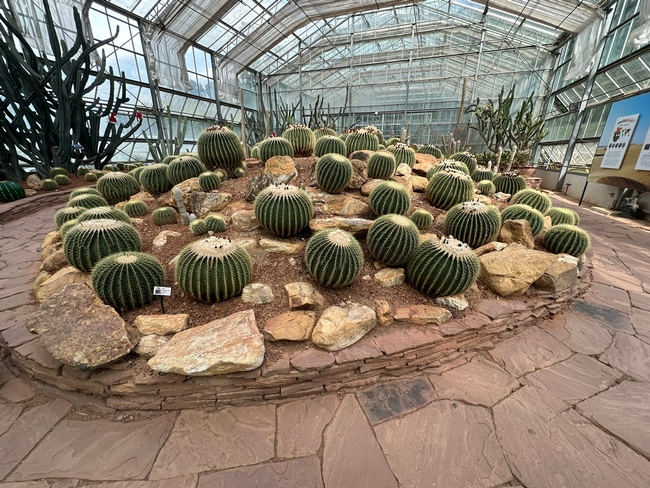
Tropical Rainforest House:
The Tropical Rainforest House replicates the dense vegetation of tropical jungles. Towering palms, philodendrons, and epiphytic orchids thrive here, creating a canopy.
The Tropical Rainforest House within the Queen Sirikit Botanic Garden (QSBG) is the largest conservatory in the Glasshouse Complex.
Size and Setting: The Tropical Rainforest House covers an impressive 1,000 square meters with a soaring height of 33 meters.
It's designed to recreate the lush environment of a southern Thai rainforest.
Tropical Species: Inside, you'll find a diverse collection of tropical plants, including Palms, Bananas, and Gingers.
Humidity and Greenery: The glasshouse maintains high humidity, mimicking the rainforest's moist conditions.
Towering palms, broad leaves, and hanging vines create a dense, green canopy.
Educational Experience: I learned about rainforest ecosystems, plant adaptations, and the vital role rainforests play in our planet's health.
I enjoyed spent hours exploring the 8 glasshouse each having its' unique theme. However, out of all them my favorite was the Desert Succulent Pavilion.
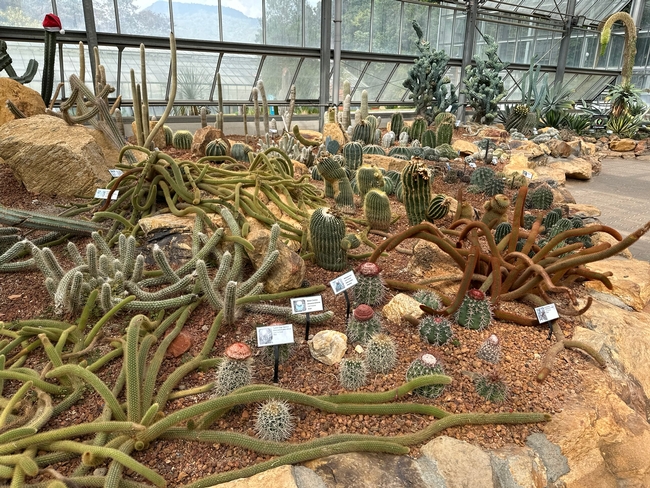
IMG 3882


